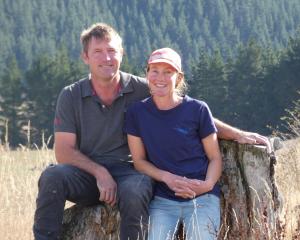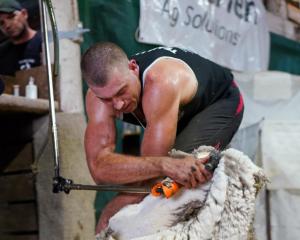Rural people are still lagging behind the cities for vaccinations as they struggle to close the gap.
The University of Otago’s latest figures for November 16 show double-vaccinated numbers have risen from two weeks ago.
So far, 75% of the rural population of more than 755,000 people had completed their second jab, compared with a figure of 83% for urban residents.
Associate Prof Garry Nixon said that was an improvement from the beginning of the month when 69% of the rural community was fully vaccinated and city people were at 77%.
However, the gap between rural and urban residents had not closed, at eight percentage points between them, he said.
The biggest push for vaccinations landed last month in the middle of the busiest time of year on farms, with calving, lambing, and mating.
DairyNZ said half of dairy farms were short-staffed, and it was critical farm teams stayed healthy to help protect the wider community, by being vaccinated.
A Ministry of Health spokesman said the ministry was acutely aware of the need to reach outlying rural communities.
"Vaccination is by far and away the best way to keep ourselves and our communities safe. Two doses of the vaccine are very effective at protecting against Delta symptoms, and especially against severe illness requiring hospitalisation."
District Health Boards are using pop-up and mobile clinics to get to remote areas.
The health ministry says Canterbury, South Canterbury, Taranaki, Southern, MidCentral and Northland health boards have been working to reach rural communities for a while.
Whanganui, Lakes, Hawke’s Bay, Wairarapa, West Coast and Nelson/Marlborough health boards are making "significant efforts" to push vaccination services into harder to reach rural areas.
Assoc Prof Nixon said the improving coverage for Maori was still much lower than where experts would like it to be.
Urban Maori were 63% double-vaccinated compared with 58% for Maori in rural areas.
- Tim Cronshaw













